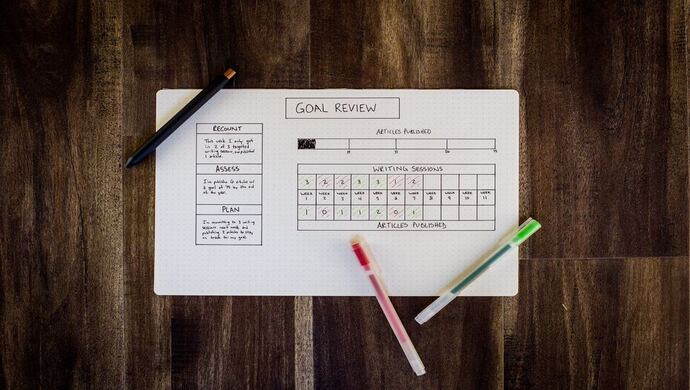
If you’re a fan of Shark Tank and Kevin O’Leary, you would have probably seen this video on CNBC. Also known as Mr Wonderful, O’Leary is a tough investor, persistent with a go-getter attitude that has gotten him global recognition as a trust-worthy entrepreneur.
So it’s no surprise when O’Leary told CNBC Make It – “I work every day”. And he expects his employees to do the same.
How employees see it
While it’s understandable, even acceptable on some levels for entrepreneurs, business owners and highly paid executives to be constantly tuned-in to work, most if not all employees aspire a work-life balance.
Employees are people and people are driven by different things, and those drivers aren’t necessarily money, fame, or accolade. On the other hand, flexible hours, options for remote working, commitment to health and wellbeing are just some of the findings revealed from the 2018 Global Talent Trends study by Mercer.
No matter what drives you or the type of workplace culture you find yourself in, expectations are almost always to achieve more, with less.
Meetings: by numbers
This doesn’t simply mean meetings, emails or phone calls are work-place hazards. In fact, it can be productive when applied in the right doses. Overdoing any of these, however, is significantly counterproductive. A Verizon Business whitepaper reveals some startling discoveries about business meetings:
Also Read: The millennial force: changing the workplace and its culture
1. Meetings dominate life in America. 37 per cent of employee time is spent in meetings.
2. Busy professionals attend over 60 meetings each month. However, most say they cannot attend all meetings to which they are invited due to the tremendous demands on their time.
3. Most of the respondents (over 90%) admit to daydreaming, missing meetings or parts of meetings.
4. Over 70 per cent say they have brought other work to meetings.
5. Almost 40 per cent say they have dozed off during meetings.
6. USD 37b in salary cost for unnecessary meetings for U.S businesses.
Despite the existence of thousands of productivity and collaborative apps available at our disposal, the question remains – why are businesses struggling to improve employee productivity? How do we stop this madness?
It’s not doom and gloom
The truth is, no two businesses operate in the same way. What works for a start-up in Silicon Valley may not necessarily work for another located in Kuala Lumpur, nor the gridlocked city of Jakarta or the exuberant Ho Chi Minh.
Asian businesses are unique. So are the people managing these businesses. Messaging apps like WhatsApp, Telegram, Line, and WeChat are widely used by employees to communicate with suppliers, colleagues, customers, etc. on a daily basis blurring the lines between work and personal messaging.
Also Read: Sex in the office stairwells: the importance of company culture
While these apps were never built with true collaboration in mind (except for group chats perhaps?) more and more Asian businesses and startups have adopted various team messaging applications (Slack, Microsoft Teams, etc) to complement other productivity tools (Trello, Asana, Google Calendar, Monday, Click Up, HubSpot, etc.) over the last several years.
Bottom line
Of the 2,319 knowledge workers using JANDI surveyed, the biggest problem cited at the workplace in relation to communication and effective collaboration is the use of personal or consumer messaging apps.
When you put unproductive meetings, consumer messaging apps and emails in a typical work environment it’s no surprise there is a massive gap between expectation and reality in terms of productivity.
Whilst emails and meetings won’t go away anytime soon, it’s in the best interest for start-ups or enterprises to look at ways to improve efficiencies and productivity. The future of work is here and now.
A good place to start is looking at communication and collaboration tools that fits your team. Don’t let outdated messaging apps confuse busyness with productivity for your business.
–
Editor’s note: e27 publishes relevant guest contributions from the community. Share your honest opinions and expert knowledge by submitting your content here.
Join our e27 Telegram group here, or our e27 contributor Facebook page here.
Image Credit: Isaac Smith
The post Productivity: What’s expected in the office vs what really happens appeared first on e27.